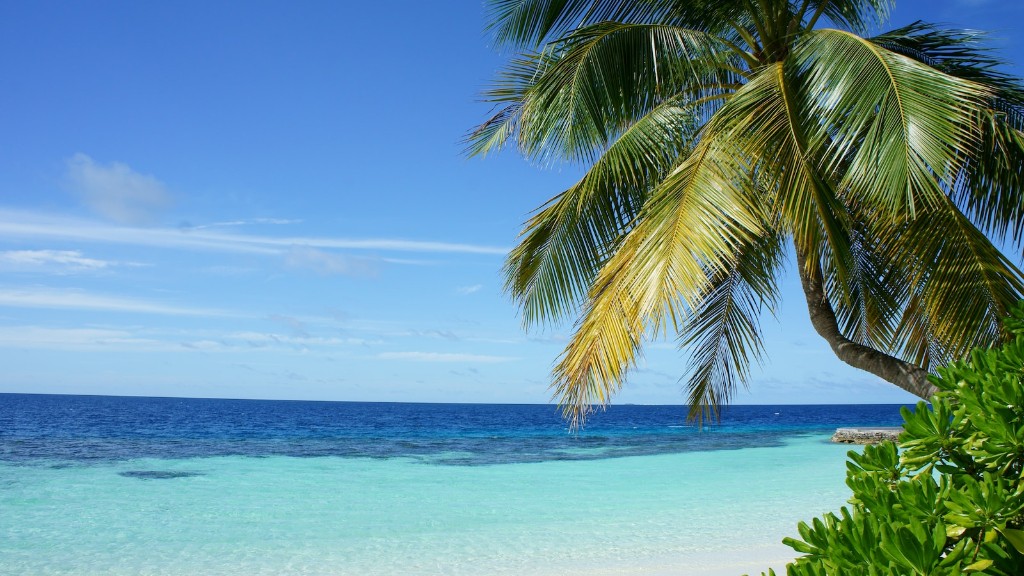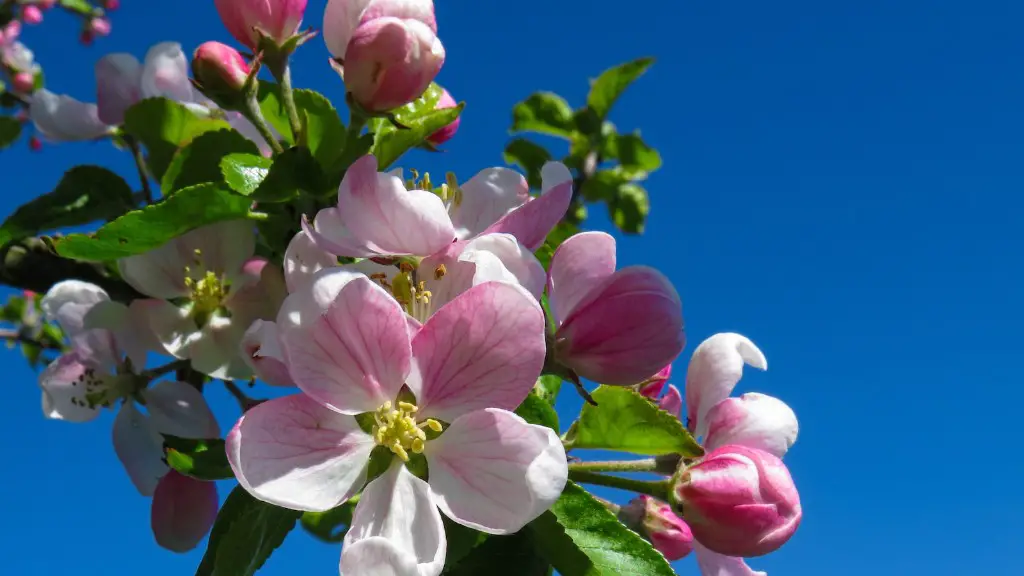Palm trees are a type of plant that grows in warm, tropical climates. They are often found near beaches, as they need direct sunlight and warm temperatures to thrive. Palm trees are tall, slender plants with long leaves that grow from a central trunk. Some types of palm trees can grow up to 20 feet tall. Palm trees are an important source of food and shelter for many animals, including monkeys, birds, and insects. In many cultures, palm trees are also a symbol of paradise.
Yes, palm trees need sunlight. They are tropical plants and need at least six hours of sun each day. They will do best in full sun but can tolerate some shade.
How much sun does a palm tree need?
Palm trees are typically tropical or subtropical plants that thrive in full sun. They are often used as ornamental plants in landscaping due to their striking appearance and ability to tolerate warm climates. Palm trees need deep watering when first planted, but once they are established, they are quite drought tolerant.
If you want to avoid direct sun, keep your palm in partial shade or in an area indoors that receives indirect sunlight. This will help to prevent the leaves from burning and becoming damaged.
How do you take care of an indoor palm tree
When it comes to keeping a palm tree happy and healthy indoors, there are a few key things to keep in mind. Bright, indirect light and moist soil are both important, as is ensuring some humidity in the air. Additionally, it’s important to keep the palm away from any cold drafts or blasts of dry, conditioned air. With a little care, most palms will do well indoors.
Palms are tropical plants, so they need warm temperatures and lots of light to thrive. However, you can grow palms indoors if you provide them with the right conditions.
Most palms like evenly moist soil and bright, indirect light. Growing near a west- or south-facing window (but not where the sunbeams will directly hit the plants) is a great choice. You’ll also need to provide extra humidity for your palm by misting it regularly or placing it on a pebble tray.
With a little extra care, you can enjoy the beauty of palm trees indoors all year round!
Can palm trees survive in shade?
Palms are slow-growing plants that need plenty of space to thrive. They don’t do well when crowded by other plants, and most species can’t tolerate shading. If you’re thinking of adding a palm to your garden, make sure you have enough room to give it the care it needs.
Most palms will only require watering once the top 2 inches or so of the soil has dried out. Palms do most of their growing during the summer’s warm months, so they will need a lot of moisture to keep up with the expelling of energy they require to grow.
How often should I water my palm plant?
A new indoor Palm Tree should be watered every day in its first week. Next, move to every other day in its second week. Then settle for 3 times a week on the third. Once your indoor Palm Tree is completely settled, water it 2-3 times per week, or when the top 1-2 inches of the soil is completely dry.
There are a variety of palm houseplants that thrive in low light conditions. These plants prefer bright indirect light, but will tolerate less light, especially during the winter. They won’t survive in complete darkness though, so if there’s no natural light in the room, you’ll definitely need to add a grow light.
Why are palm tree leaves turning yellow
If your palm tree leaves are turning yellow, it could be a sign that the tree’s soil is lacking essential nutrients, like nitrogen, manganese or magnesium. Alternatively, a pest or fungus could be causing the leaves to yellow. If you’re not sure what the cause is, it’s best to consult with a tree specialist or your local extension office.
One of the great things about palm trees is that they come in a wide range of sizes, making them suitable for both large outdoor spaces and small indoor ones. If you’re interested in growing a palm tree in a container, there are plenty of species to choose from.
Generally speaking, slower-growing or low-growing palms are the best candidates for container gardening. This is because they won’t outgrow their pots as quickly and will need to be repotted less often. That said, even fast-growing palms can be successfully grown in containers if you’re willing to keep up with their regular re-potting needs.
When selecting a palm for your container garden, be sure to choose one that is appropriate for your climate. Some palms, like the dwarf sugar palm, are best suited to tropical or subtropical regions, while others, like the Mediterranean fan palm, can tolerate cooler temperatures.
With a little bit of research, you can easily find a palm tree that will thrive in your container garden.
Why do indoor palm trees turn brown?
As a palm tree leaf reaches the end of its natural life, it turns brown–beginning at the tip and continuing until the leaf completely browns and drops off. If only one or two leaves are browning and new foliage continues to grow in, the brown tips are natural and not a cause for concern.
If your plant is yellowing, it could be due to improper watering, insufficient light conditions, or nutrient deficiency. Pests can also cause yellowing in some cases, as can low humidity. To correct the issue, you’ll need to figure out which of these is the cause. Once you know the cause, you can take steps to fix the problem and get your plant back to green.
Do indoor palm trees give off oxygen
The Areca palm is a popular indoor plant that has many benefits, including improving air quality. The Areca palm absorbs airborne toxins like benzene, formaldehyde, and trichloroethylene, and also helps to filter out smog components like nitrogen dioxide, ozone, and sulphur dioxide. In addition, the Areca palm produces fresh oxygen, making it a great plant to have in your home or office.
Palm trees are known for their ability to filter large amounts of formaldehyde and other common pollutants from the air. This makes them ideal for use in homes as they can help to improve the air quality. Pygmy date palms and bamboo palms are two of the most effective types of palm for air purification.
Do palm trees need big pots?
When choosing a pot for your majesty palm, it is important to select one that is 2-3 inches larger than the root ball. This will ensure that the plant has enough room to grow without becoming root-bound. However, if the pot is too large, it may hold onto more water than the plant can efficiently use, leading to overwatering.
The research showed that palms were more abundant in wetter areas with less fertile soils and shallower groundwater. This is likely due to the fact that palms are more tolerant of these conditions than other plants.
Conclusion
In general, palm trees need quite a bit of sunlight to do well – at least six hours of direct sunlight each day is usually necessary. Some palms, such as the sago palm, can tolerate lower light levels, but usually don’t look as good in less than full sun.
Yes, palm trees need sunlight to grow. They are tropical plants that need several hours of sun each day to thrive. If you live in an area with cold winters, you will need to bring your palm tree indoors or provide it with artificial lighting to make sure it gets enough light.




